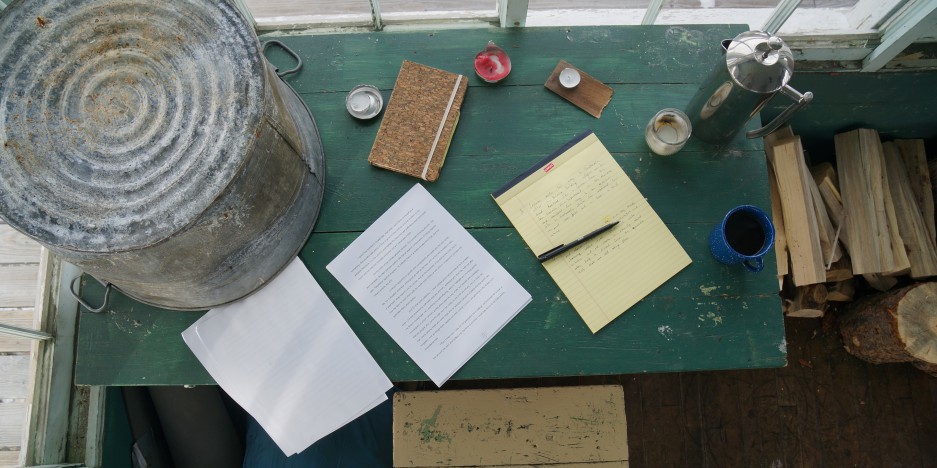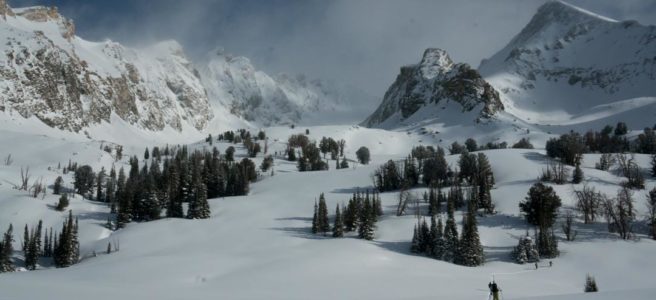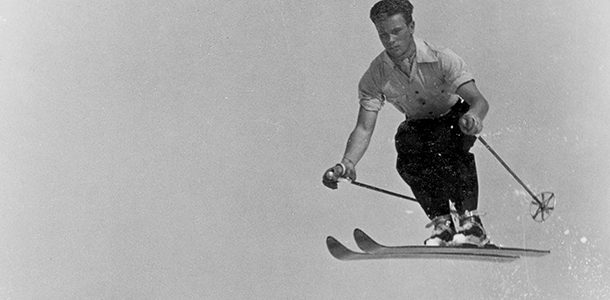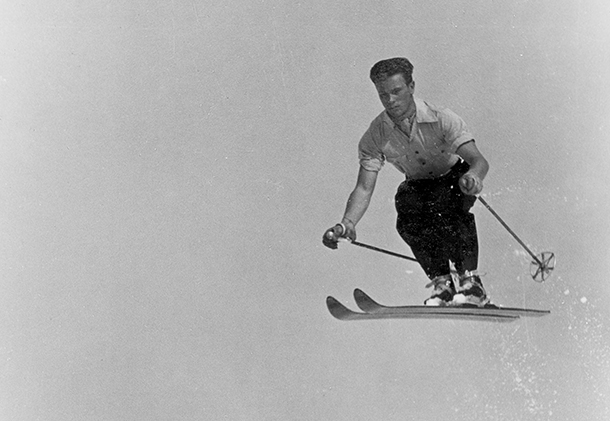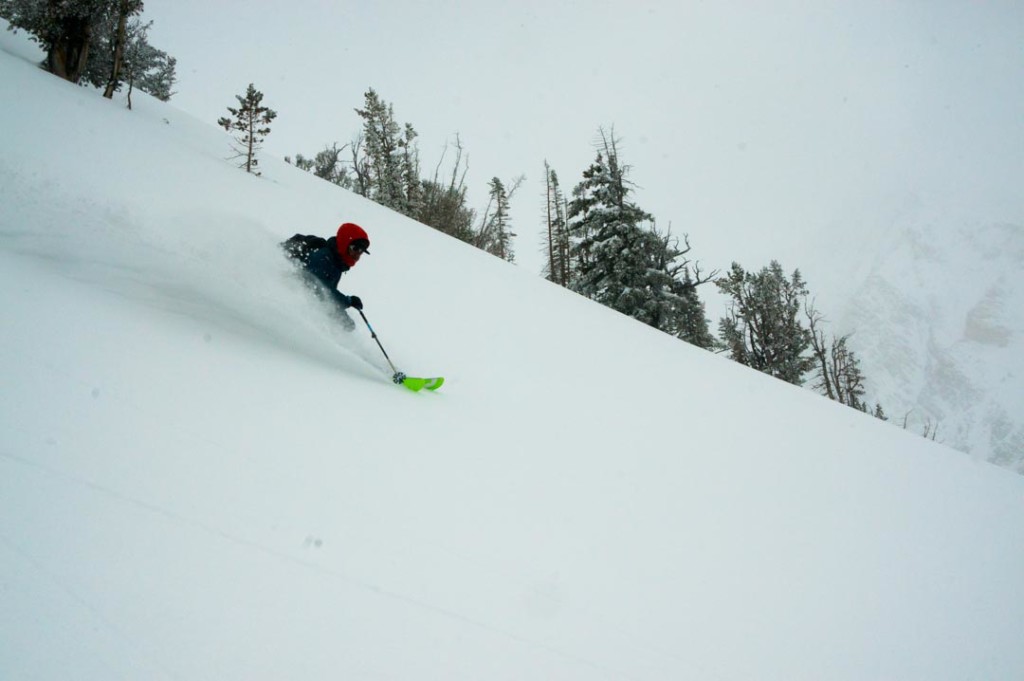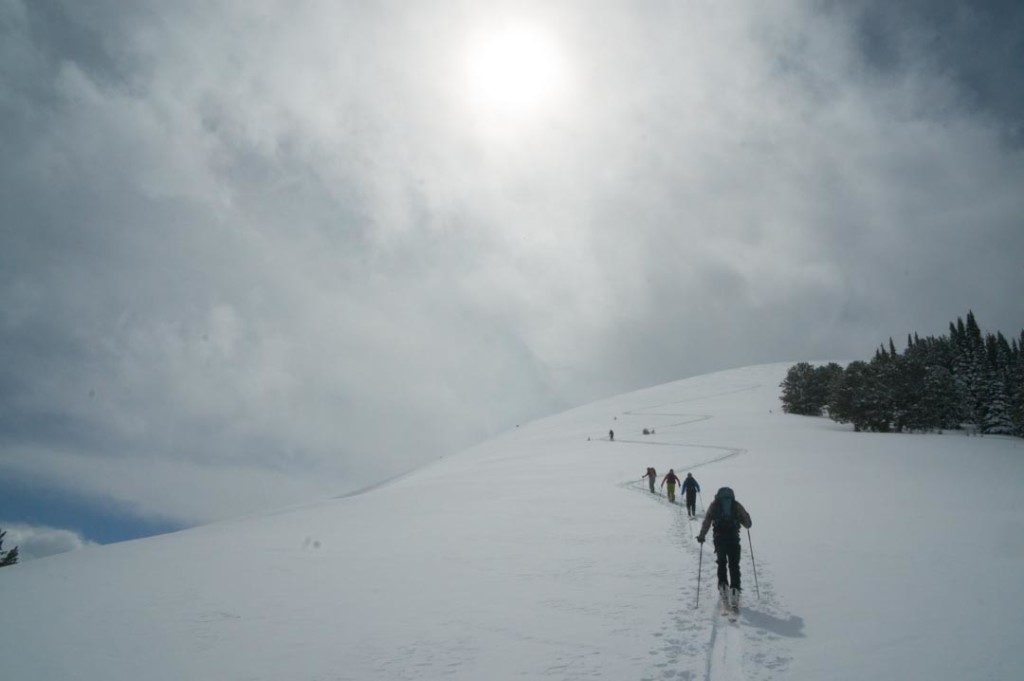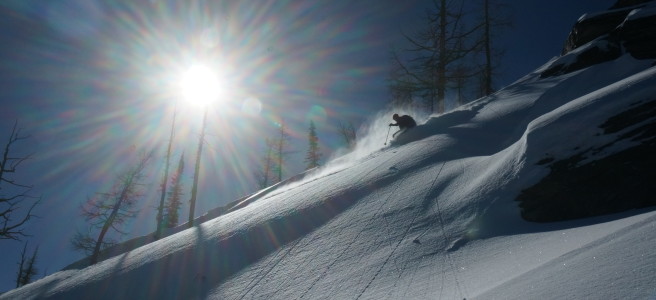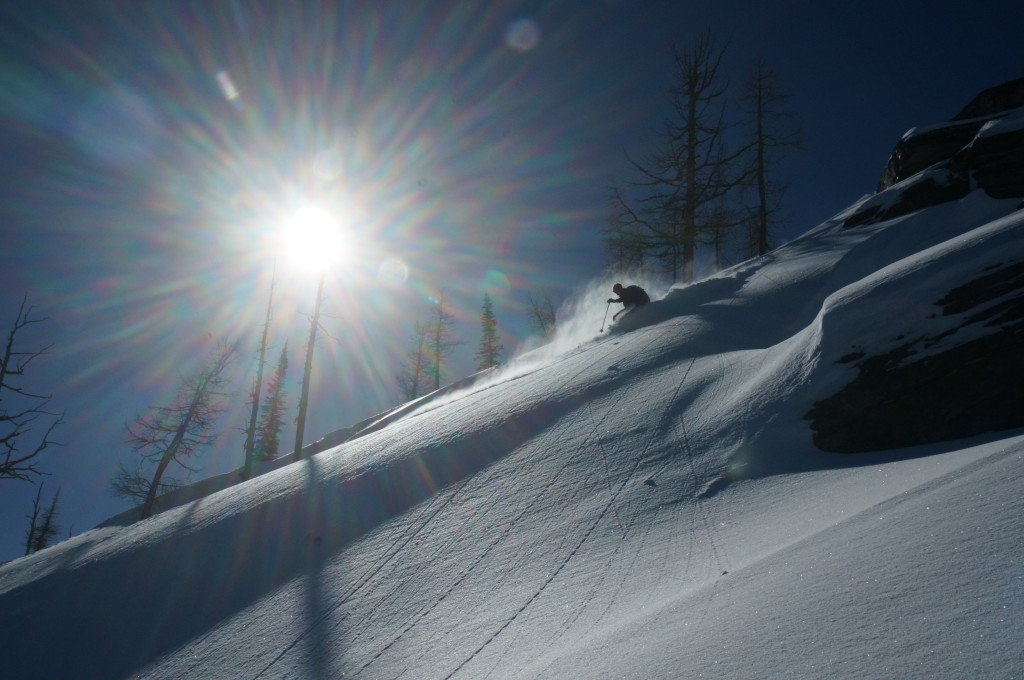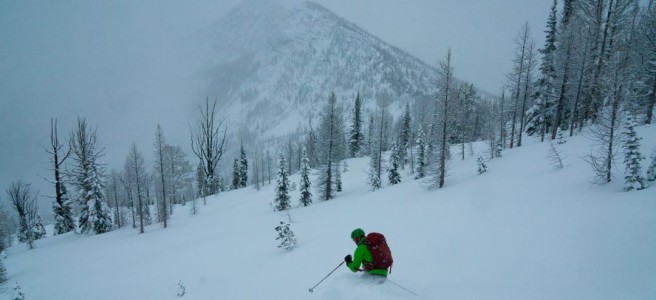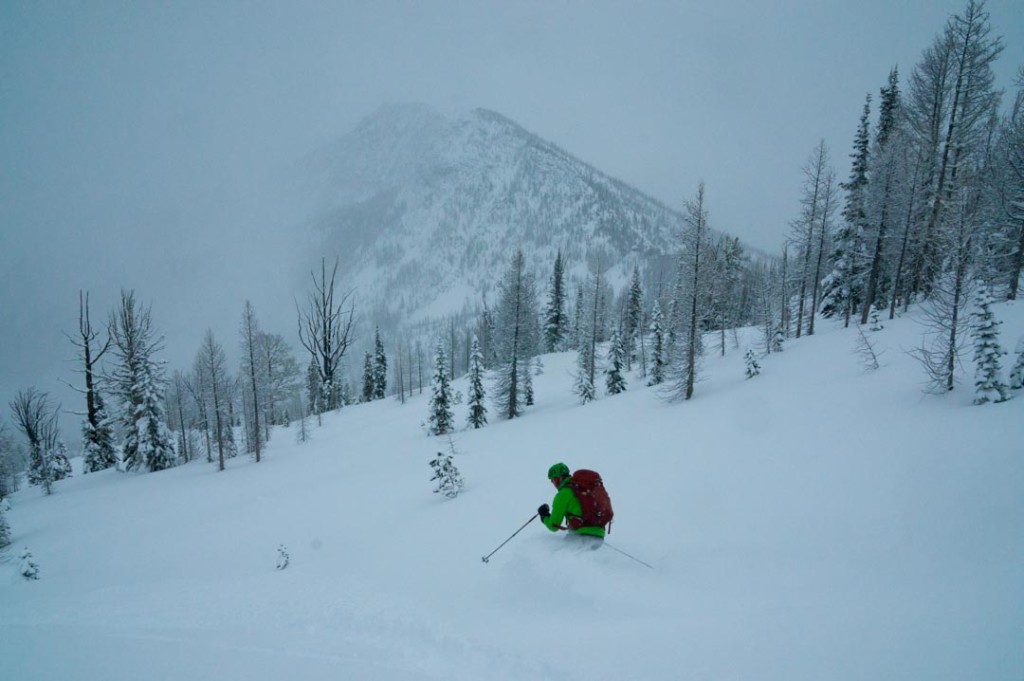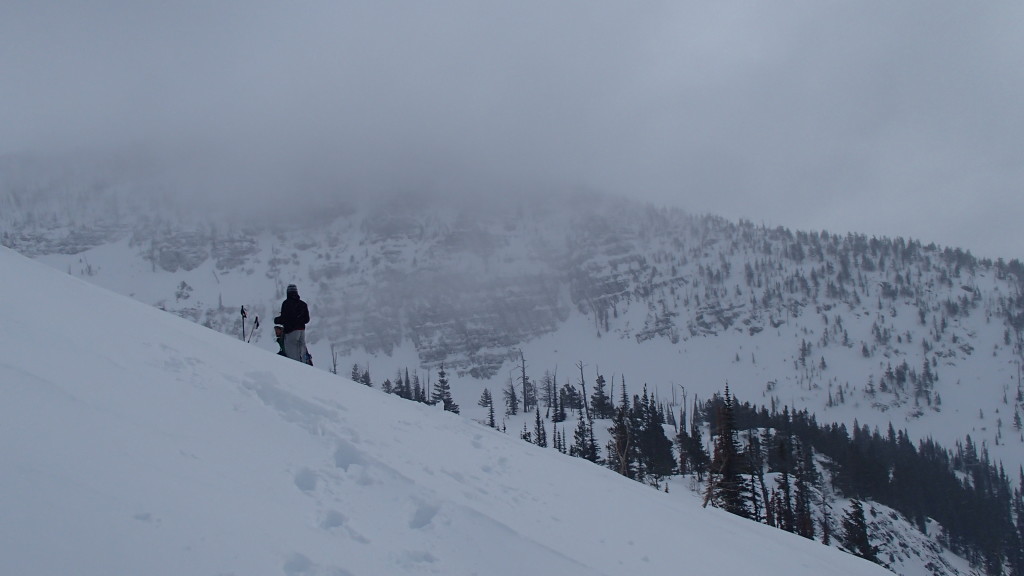You did it. You signed up for your first hut trip. Whether you’re heading into an old Forest Service cabin for a night or two, or taking a helicopter into the middle of Alberta, you’re in for a good time.
You’ve gone through the packing list three times and you’re ready to go. Your skis are waxed, you’ve got extra batteries for your gadgets, and you’ve been wearing those little down booties all over the house because, well, they’re the best. But are you ready? Do you know what to expect? If you’ve never been on a hut trip before, probably not.
Here’s a few pointers:
The Skiing Will be Terrible – Which, obviously I hope it’s not. But chances are, that for much of the time you’re out there the avalanche danger will be high, or visibility will be poor, or the snow will be crummy. I hope every turn you make is the stuff of Instagram heroics, but you’ll have a better time if you measure your expectations and don’t plan on blower face shots all day every day. And in the end this won’t really bother you, because of the next point:
This Is Not a Ski Trip – Again, this is clearly not the case. You just got your skis tuned, after all. But if it was really a ski trip, you’d be sleeping in a tent and cut your toothbrush in half and packed the unabridged Moby Dick to help you through the storm cycles. This is better than a ski trip. This is a hut trip.
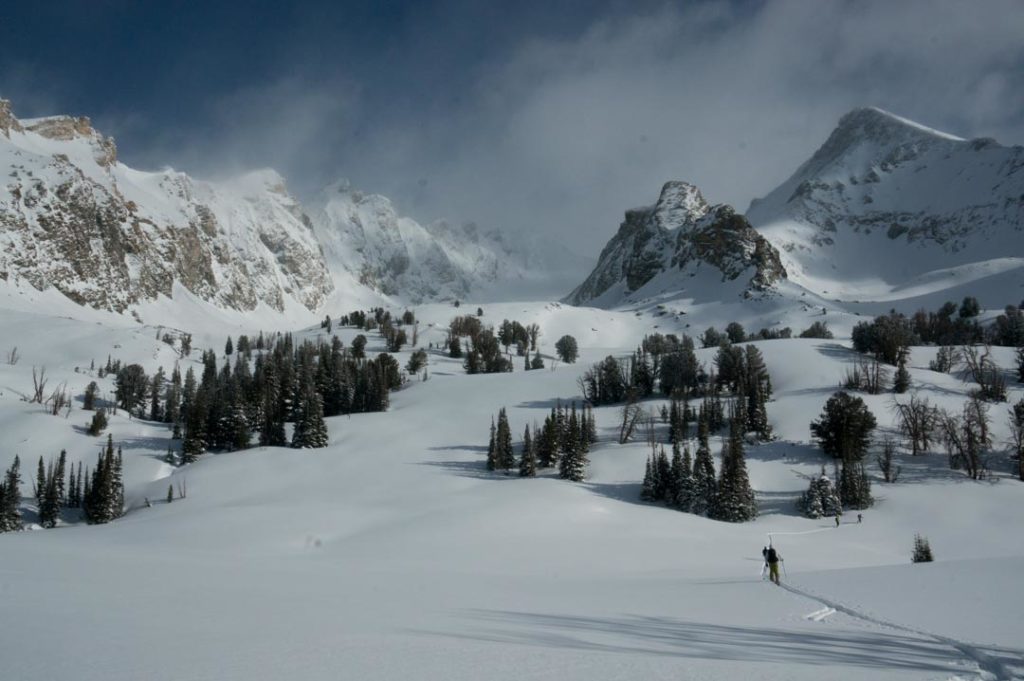
And yeah, you’re going to ski your face off. But when you hike from the front door, you can get a solid 6-8 hours of touring in and still have pretty much the entire day to screw off. Relish that. Bring board games and strange cheeses, good whiskey and bad beer. The hut is your bastion of gaiety against a twisted world. A long weekend in Valhalla. Savor it.
Bring Worse Beer – This is a common trap that even seasoned hut trippers fall into. In an effort to save space and be efficient with weight, folks always seem to bring big ‘ol 11% double IPAs and the like. Those big beers are great, sure, but not what you’re actually going to want while you sit in the hot tub for 5 hours after skiing all day. Bring Schlitz, or Modelos and lime, or hell – even a wine cooler or two. Your friends will mock you on the approach and beg you for a Rainier on day two.
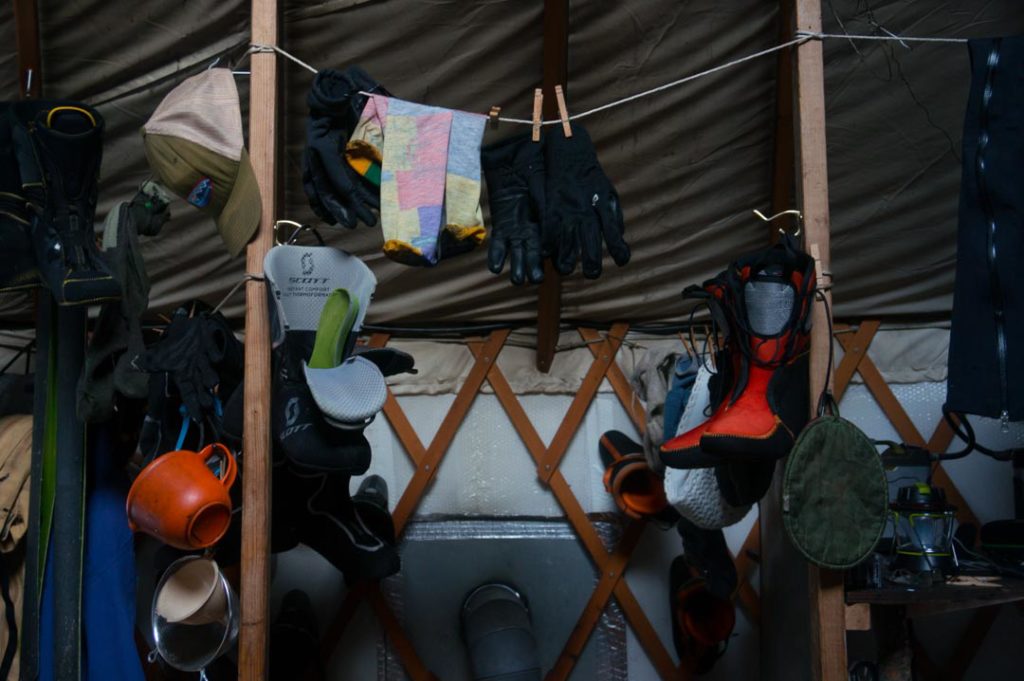
Dinner is Competitive – A communal meal around a roaring fire is the most basic, beautiful, truly human experience. It was the first thing we did to separate ourselves from the rest of God’s critters, and meal time in a yurt is a direct connection with hundreds of thousands of years of human ancestry.
It’s also an opportunity to vanquish your friends and loved ones. Dinnertime in a hut is, whether anyone will admit it or not, competitive. It must be filling, delicious, and copious. Canned tomato sauce and spaghetti will not be tolerated. You will be judged by your efforts – be sure to bring enough butter.
Beware the Groupthink – Hut time on a hut trip is for telling jokes and eating butter. Ski time is real. You’re going to be secluded in the middle of nowhere, probably with no cell reception, perhaps a helicopter ride away from the nearest help. Do try not to get hurt.
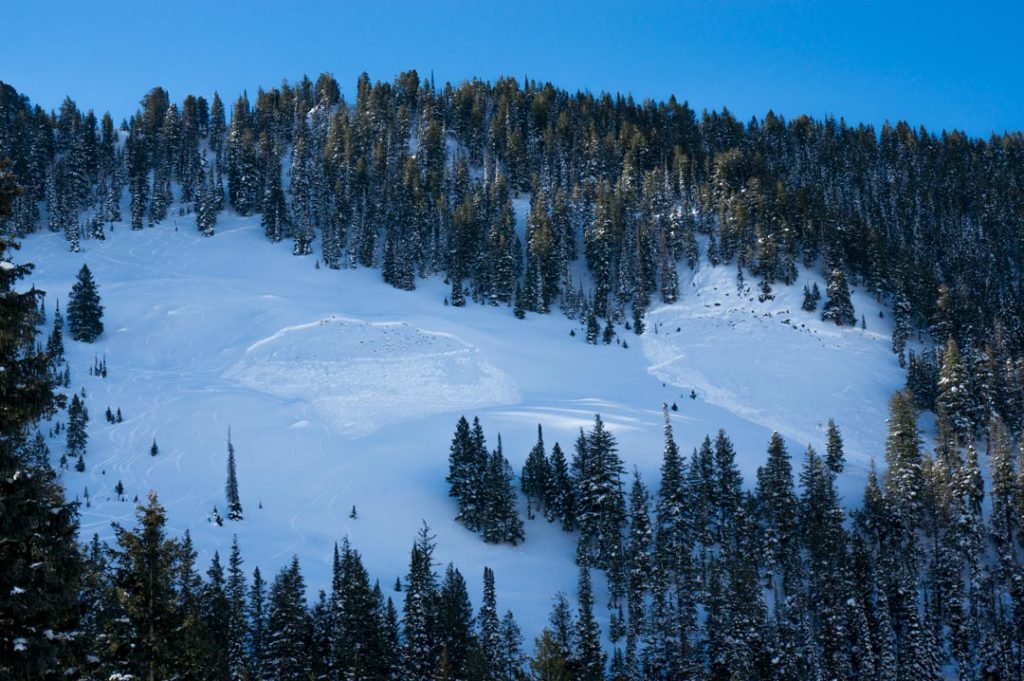
The good times and cohesion of mealtime at base camp is great, but it’s better to keep it there. Don’t be afraid to peel off in 3’s and 4’s to go find your own adventures on the skintrack. Even people who do this for a living get into trouble when group sizes swell and the stoke gets too high. High fives are for the hot tub – you have to make it there alive.
Book the Next One Now – Hut trips are so hot right now. The best ones are booked two years out. So pick a date and get it on the calendar, it’s the best thing you’ll do all winter.
Like